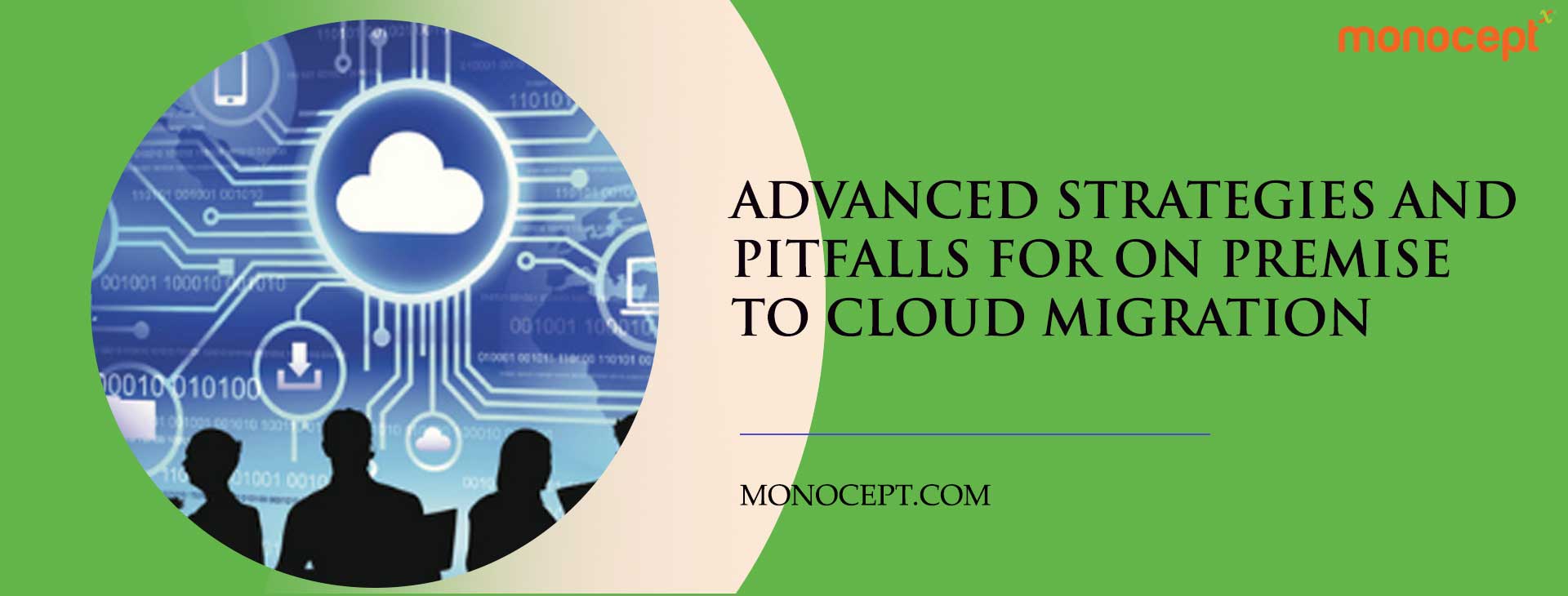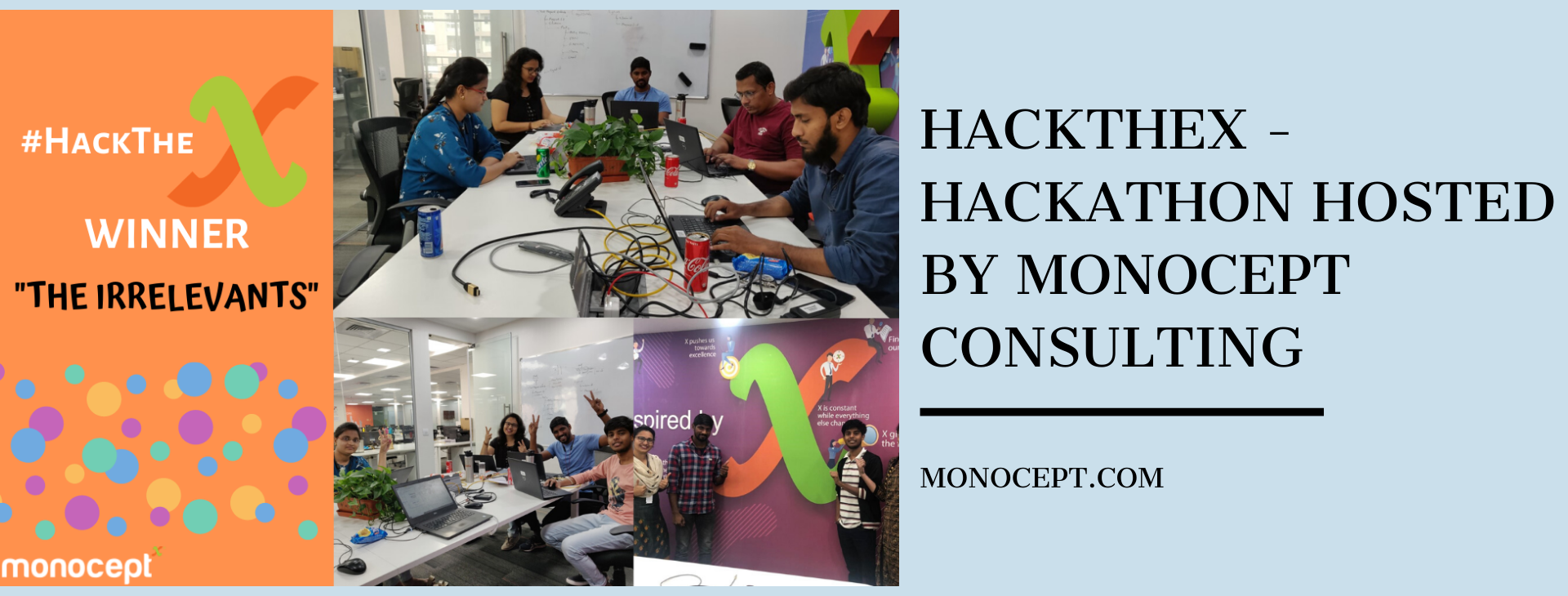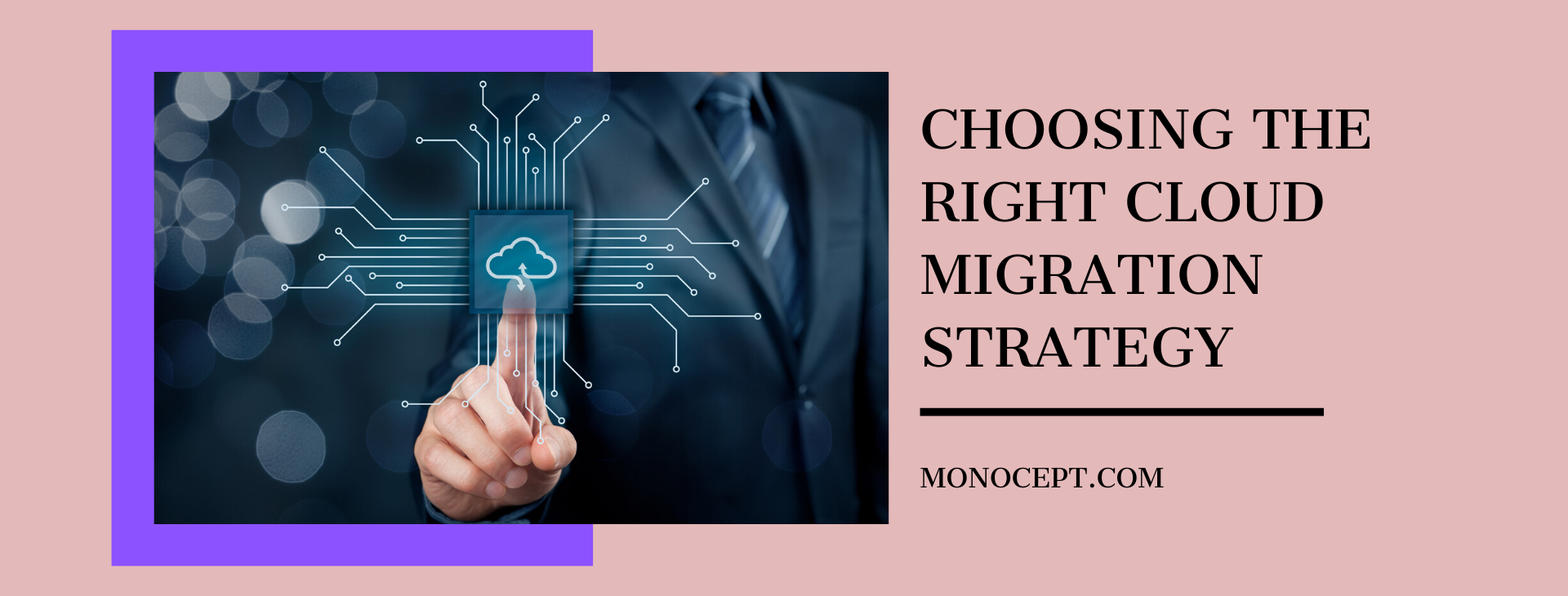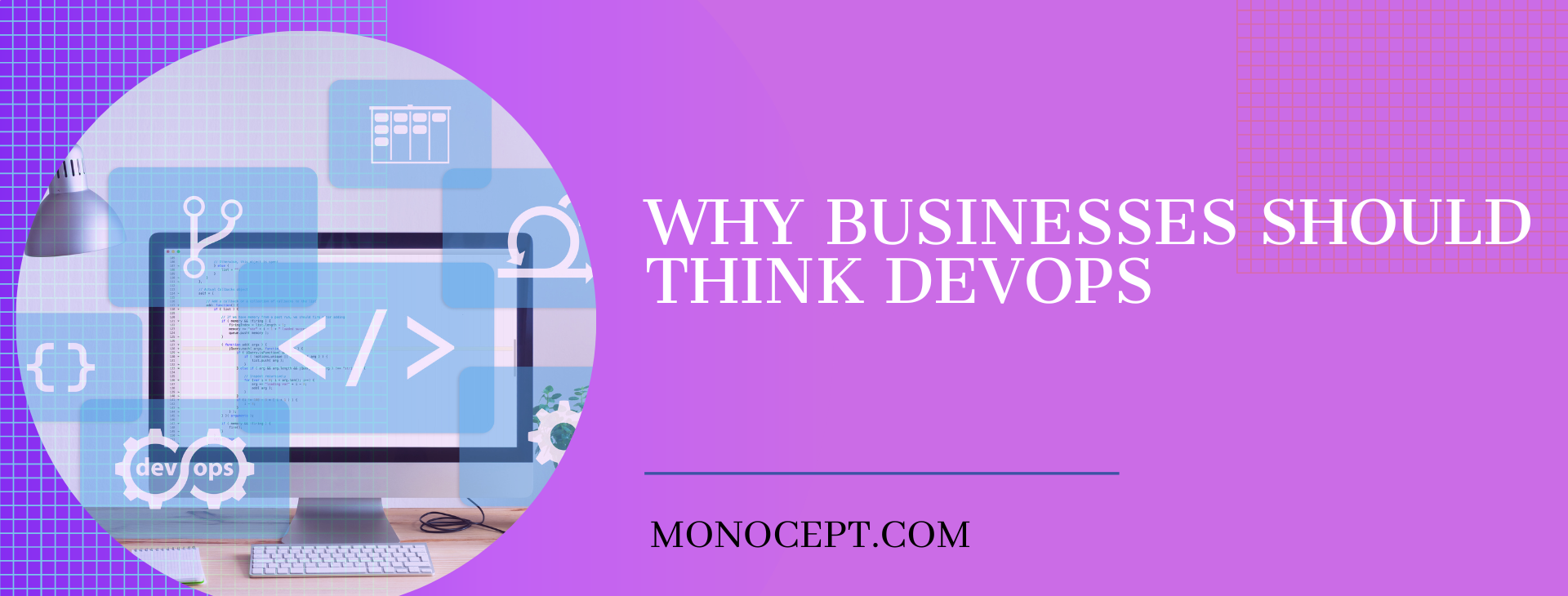How Businesses Can Control Their Cloud Migration Costs
Successful cloud migration is a complex undertaking for even the most well-prepared and flexible organisations. It requires extensive strategising and planning, and even then it can take significant time and lead to unexpected situations that can lead to spiralling costs. However, a strategy strongly embedded in data-driven insights and quantifiable projections can go a long way in helping enterprises control cloud costs both at the time of migration as well as once it is complete. Here are five key factors that businesses need to keep in mind.
Get a clear and accurate idea of cloud migration cost
The cost of migrating to a cloud environment is not just what you pay to the vendor, it includes variables such as the cost of training and certification required to learn how to use the new, sever-migration tools; the cost of developing a migration strategy and testing all the resources once migration is complete; the business cost of service suspension or disruption — no matter how smooth the migration process, it is bound to cause some hiccups that might render the service inaccessible for varying lengths of time, or in the most dire cases, the cost of missing important project or application launch deadline.
Pick the right storage option
It is imperative for enterprises to spend some time understanding the workings and performance of their on-premise storage capabilities and what that means for a cloud environment, keeping in mind currently available options. Without such an understanding, enterprises run the risk of severely under or overestimating their requirements, both of which can prove expensive in the long term. A thorough understanding of what the business requirements truly are will help the management pick packages that best serve their purpose, while at the same time taking full advantage of cloud features such as autoscaling, that automatically adjusts resource allocation and use depending on rise or fall of demand, as well as other resource monitoring, automating, and optimising tools provided by the cloud vendor.
Undertake a size analysis to avoid under or over-provisioning
A commonly made mistake at the start of an enterprise’s cloud journey is the assumption that the size of the network, computing power, and storage capacity that the business will need on the cloud is the same as it does on-site. In reality, applications might be interconnected, and mapping all dependencies prior to migration might lead to the surprising realisation that the business needs a lot lesser than what was previously projected. Such an analysis will also help the business understand which workloads and instances should have been modified and which should have been left untouched before migrating to a cloud environment to avoid application connection breaks later.
Be careful before adopting a multi-cloud strategy
Public clouds are easy and relatively cheap, so deploying them is easy for businesses. As a consequence, many enterprises invariably start using multiple clouds, using a different one for each application or instance. While it might seem like a good idea to use a vendor that offers the best environment for an application, when put together in an enterprise-wide audit, using multiple vendors can unnecessarily complicate the cloud environment and make sharing of resources or tools almost impossible even within the organisation. Unless carefully planned, a multi-cloud strategy can lead to wastefulness and be difficult to manage, all of which leads to higher costs for the business.
Understand that optimising costs is a continuous process
Cloud storage, tools, and technology are an ever-evolving principle. The only way to optimise costs is by periodically analysing new developments, available options, and if the size of the network, computing power and storage is still the right size for the business. The technology that was deployed to handle the initial workload might become obsolete or less efficient as more of the business’ workloads are migrated to the cloud environment. Timely evaluation will help the business reduce mounting costs due to inefficient resources. A centralised team, whose primary job is to optimise costs by retooling can help save the business significant money in the long term.

















































































